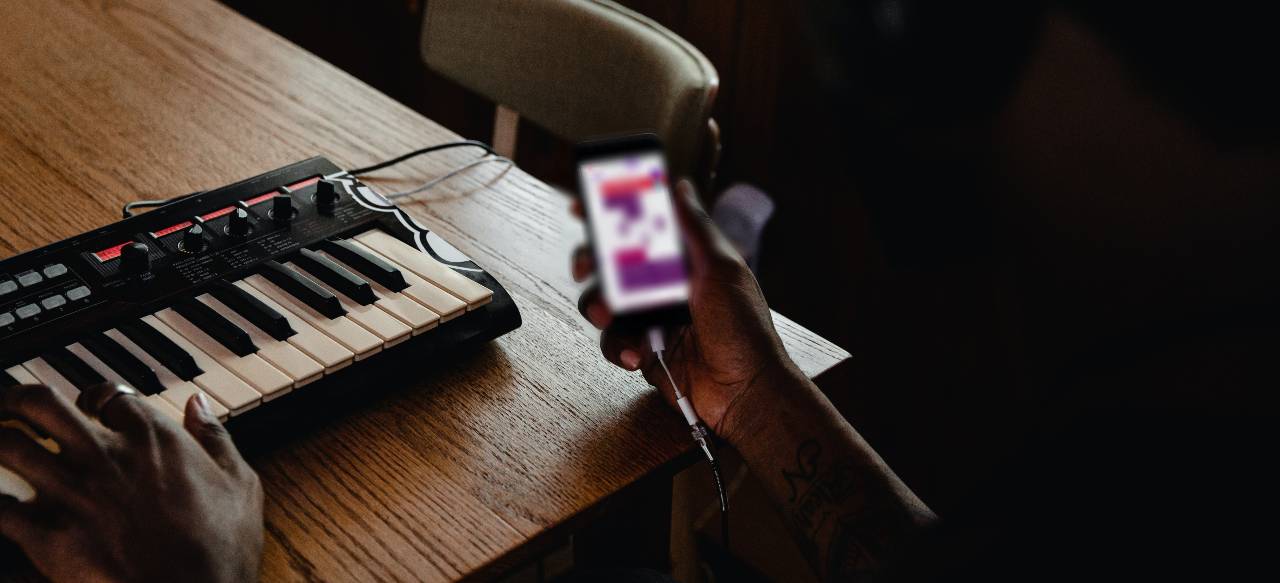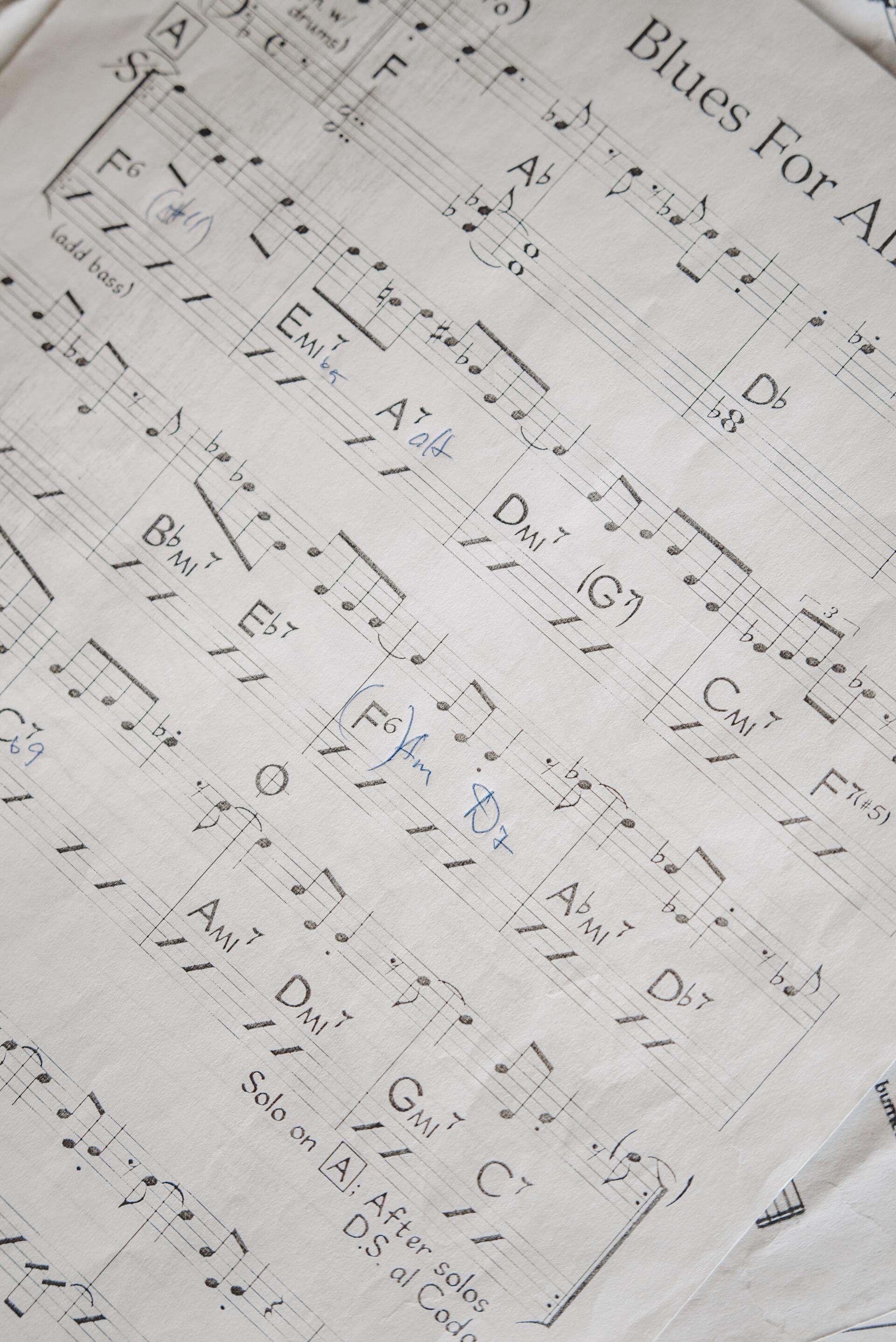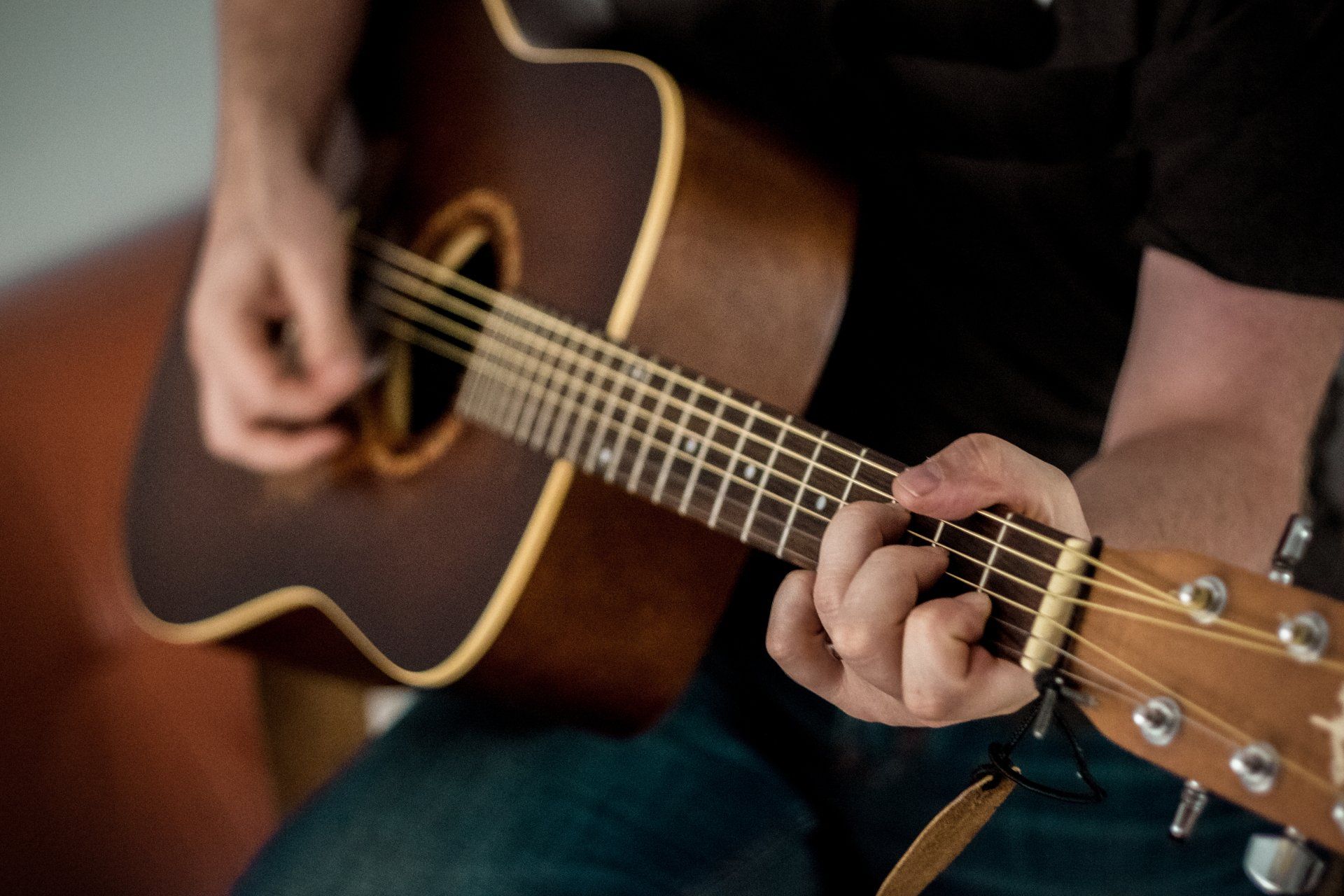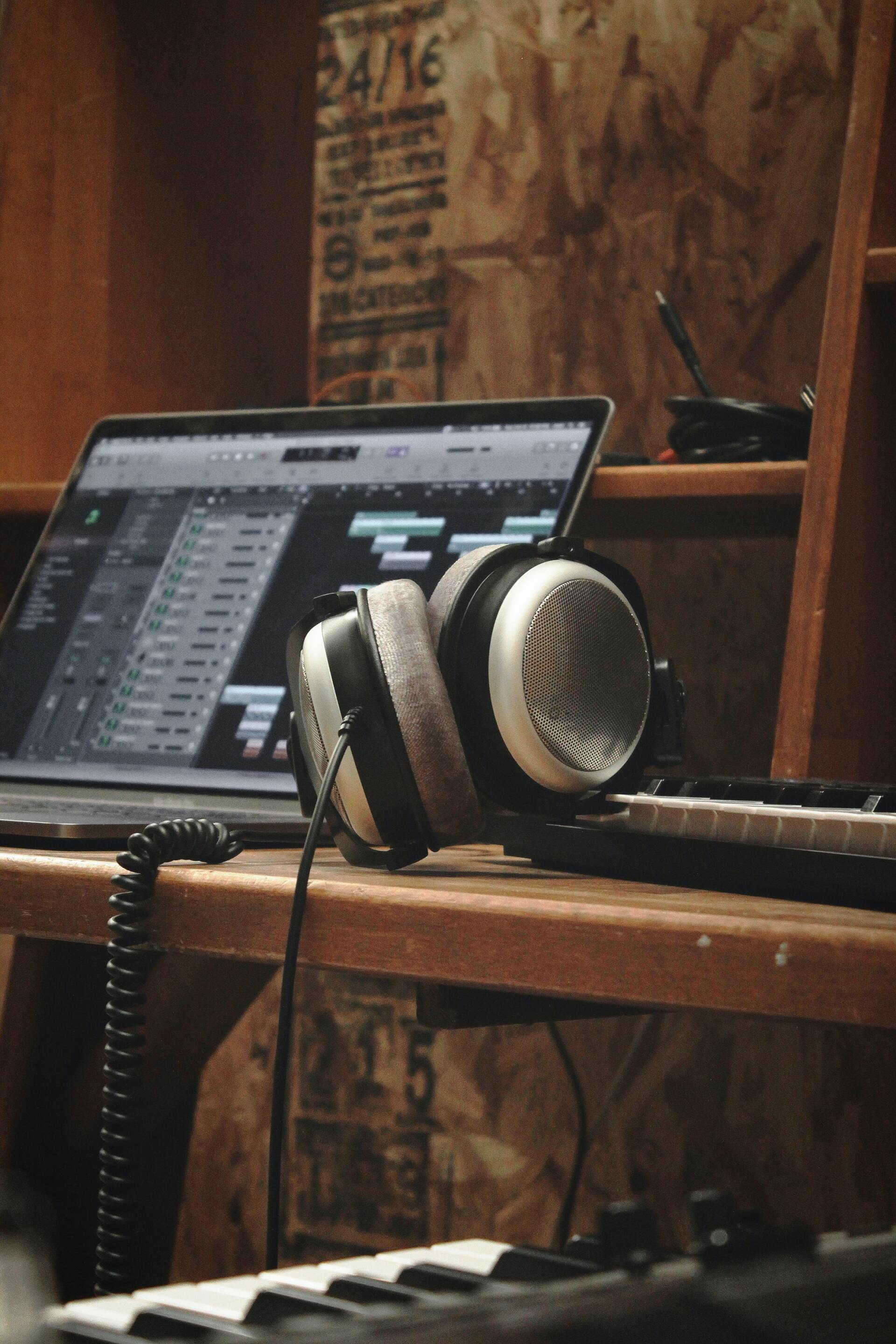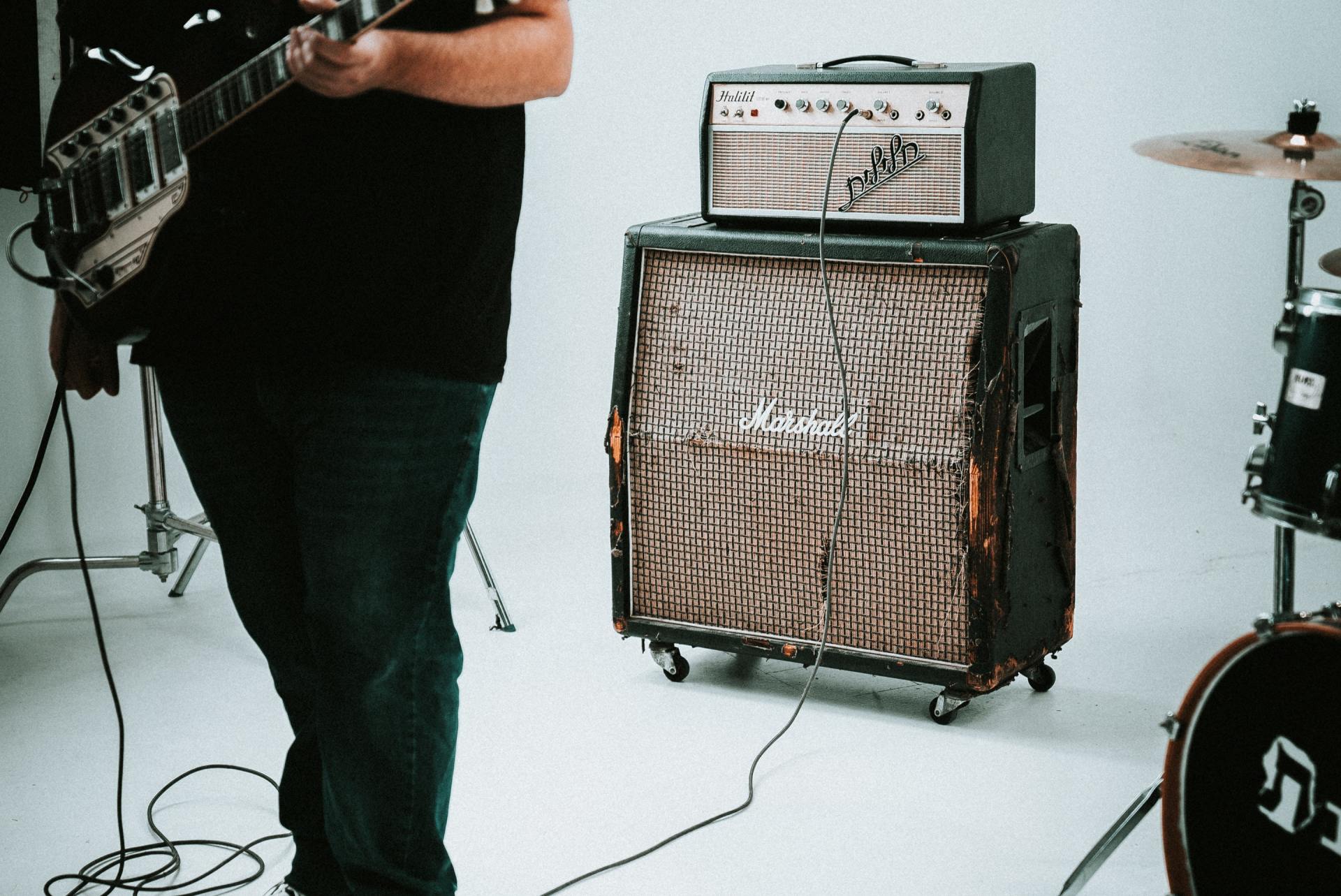Music Theory Crash Course: 2 - Intervals
Part 1 : Notes Part 2 : Intervals Part 3 : Scales Part 4 : Chords Part 5 : Chord Progressions
Intervals
In this lesson we will go over the sound qualities that are made with each specific interval. Remember our notes do not have much meaning until we play the next one, in this lesson we will learn how each note sequence sounds.
This is where your ear training really begins, and the best way to practice is to listen to well known songs. The first note you start on is known as the root and for now we will stick to C. On your instrument of choice play C and then C#. Play them back and forth and it sounds like the theme from the movie Jaws. That half-step or semitone interval is known as the minor 2nd.
When we move two semitones up it is known as whole step or whole tone. Later when we build scales, some formulas will use W for whole tone and H for a half step. Each keyboard key and fret on a (Western) stringed instrument is usually a semitone apart.
This graph below shows the name of each interval in western notation and how many half-steps it takes to get there. Be sure to play along with each interval as we give examples below, repeat it over and over and let it sink in.
| Name | Number of semitones |
|---|---|
| Perfect Unison | 0 |
| Minor 2nd | 1 |
| Major 2nd | 2 |
| Minor 3rd | 3 |
| Major 3rd | 4 |
| Perfect 4th | 5 |
| Tritone | 6 |
| Perfect 5th | 7 |
| Minor 6th | 8 |
| Major 6th | 9 |
| Minor 7th | 10 |
| Major 7th | 11 |
| Octave | 12 |
Our intervals can be perfect, major, minor, augmented, and diminished. Each quality will determine its overall sound.
The perfect fourth, fifth, and octave will all have very pleasant sounds. The initial root note is the most important and the next is the fifth (or dominant). These intervals are often used in strong tonic and resolution type situations.
The 2nd, 3rd, 6th, and 7th can be major or minor and they play a large part in melody and harmonic qualities. These intervals are really what give more flavor to the music. Later when we start building chords these are what will start giving us our blues, jazz, and the genres that have since broken off.
The augmented and diminished intervals sound unpleasant at times and begging for a resolution. Augmenting is raising or sharpening the note by a semitone, and diminishing is lowering it by one.
Intervals can continue into the next octave and in jazz chords you will see chords like C9 or G13. Don’t let these higher chords scare you, we are simply continuing our count with the notes as before. And like the 2nd, 3rd, 6th, and 7th they add the similar flavor, but in many cases with more spice!
Interval Song Examples
One of the best ways to practice ear training is to learn popular songs that have great interval examples
| Name | Notes example | Ascending | Descending |
|---|---|---|---|
| Minor 2nd | C to C# (Db) | Jaws, Pink Panther. Isn’t She Wonderful | “Für Elise”, the Theme from Jurassic Park, “Joy to the World” |
| Major 2nd | C to D | Happy Birthday, Rudolph the Red Nosed Reindeer, Frere Jacques | “Mary Had a Little Lamb”, “Yesterday” |
| Minor 3rd | C to D# (Eb) | “Greensleeves” “Seven Nation Army” “Smoke on the Water” | “Hey Jude”, “Frosty the Snowman”, “Star Spangled Banner” |
| Major 3rd | C to E | “When the Saints go Marching In” “Blister in the Sun” “Ob La Di Ob La Da” | “Swing Low, Sweet Chariot”, “Summer Nights”, “Shoo Fly, Don’t Bother Me” |
| Perfect 4th | C to F | “Here Comes the Bride” “Amazing Grace” “Harry Potter” “Super Mario” | “Oh Come All Ye Faithful”, “Under Pressure”, “I’ve Been Working on the Railroad” |
| Tritone | C to F# (Gb) | “Maria”, “Simpsons”, “Juicebox” | “Even Flow”, “Danse Macabre”, “Black Sabbath” |
| Perfect 5th | C to G | “Twinkle Little Star” Theme from Star Wars | Back to the Future theme, “Drunken Sailor”, Flintstone’s theme |
| Minor 6th | C to Ab | “The Entertainer”, “Nothing Compares 2 U”, “We Are Young”, | “Call Me Maybe”, “Love Story”, |
| Major 6th | C to A | NBC theme, “My Way”, “Hush Little Baby” | “Music of the Night”, “Nobody Knows the Trouble I’ve Seen”, “Man in the Mirror” |
| Minor 7th | C to Bb | Star Trek theme, “Pure Imagination”, “Somewhere” | “The Shadow of Your Smile”, “Lady Jane”, |
| Major 7th | C to B | Superman theme, “Take on Me”, “Don’t Know Why” | “I Love You”, “The Hut on Fowls Legs” |
| Octave | C to C | “Somewhere Over the Rainbow”, “The Christmas Song”, “Singing in the Rain” | “The Lonely Goatherd”, “Willow Weep for Me” |
Now we used C as our starting note above, but keep in mind that any note you start on will have the same intervals. That is why we can change the key to a song, and it will still usually sound ok, because we are playing and singing at the same intervals.
Here is a video showing different examples for each intervals:
Practice your intervals as much as possible. Keep that piano app on the phone handy and when you hear a song try and pick out some intervals being played. It will be a matter of trial and error, but it is some of the best music training you can find.
As you listen to more music you will start to notice these intervals. If you want a real challenge, go back through the song examples above and see if you can find the next notes.
Depending on your instrument you will have different approaches to these intervals. A bebop sax player may jump all over, but a singer will have to keep in mind the realities of their vocal range. Unless you are Plavalaguna.
If you have ever used a harmonizer pedal (common for guitar players) that essentially allows you to digitally select the intervals you want to play.
Why Interval Study?
Ok so it is kind of cool to hear these songs and recognize the intervals, but really what is the ultimate point? Most of us aren’t Grammy winning vocalist Bobby McFerrin and we rarely go around learning new songs just by intervals.
What intervals will help you with is with scales and the building of chords. Do scales sometimes seem overwhelming and insane? Now that you know your intervals, they will make more sense and now just be a quick reference to look up when necessary.
Now we are going to put all the notes together in certain patterns to build on the aural vibes and feelings we already have with intervals. And before we begin you can probably make some guesses? For example, a scale with all major intervals will sound bright and a scale with minor will sound down and maybe sad.
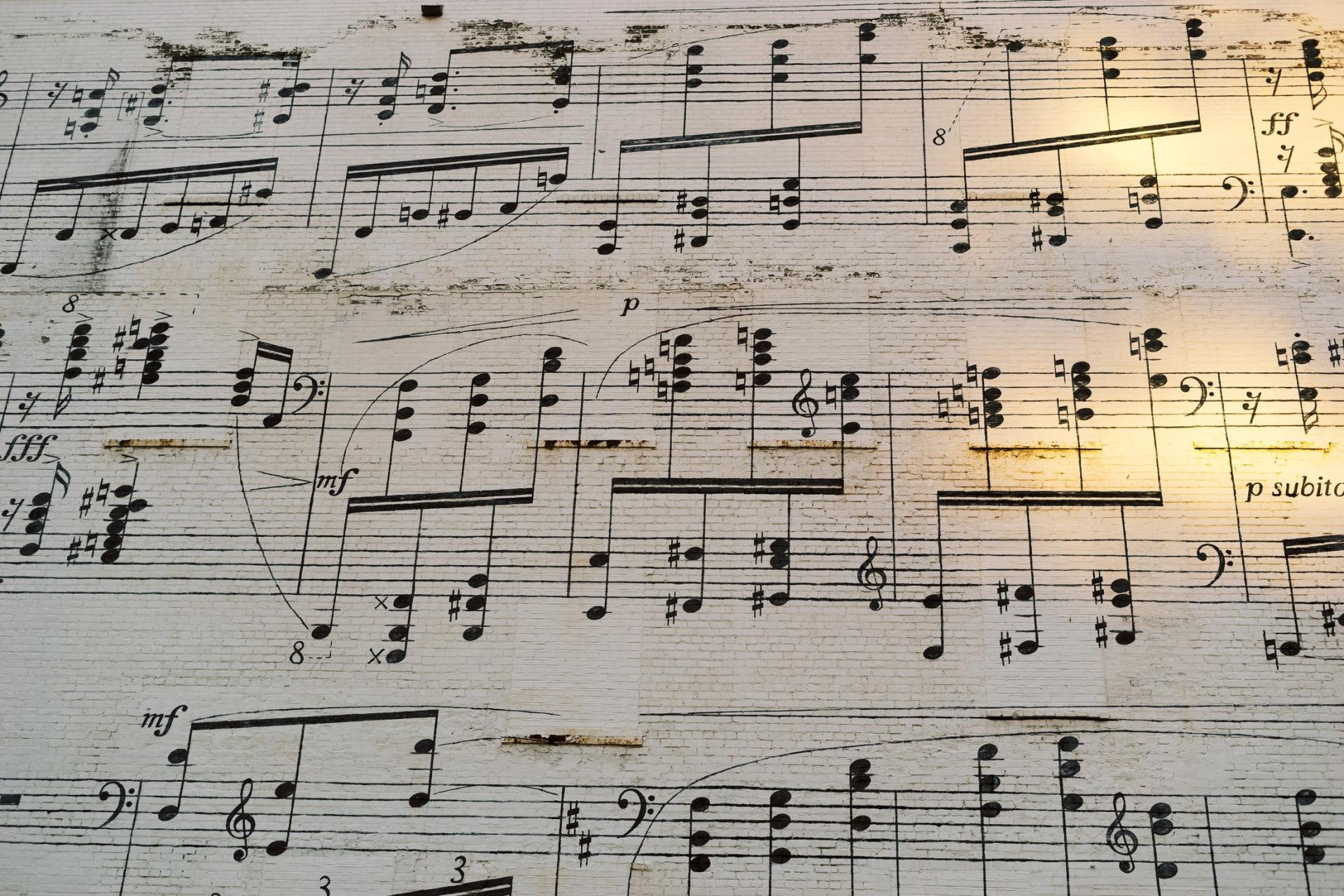


Chordsheet Maker - by Dave Bernier



